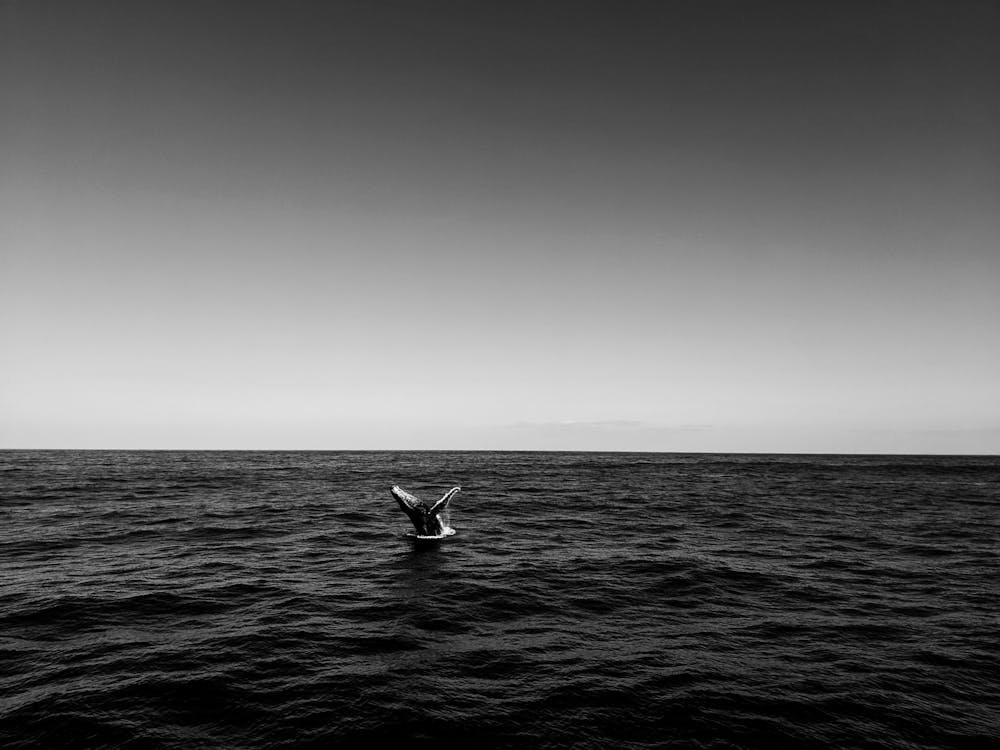Whale watching is one of the most awe-inspiring experiences nature has to offer. Standing on a boat or shore, witnessing these magnificent creatures emerge from the deep, leaves a lasting impression. However, as the popularity of whale watching grows, so does the importance of doing it responsibly. In order to ensure the safety of both whales and watchers, it’s essential to follow proper etiquette when engaging with these marine giants. Here’s a guide to help you respectfully observe whales in their natural habitat.
1. Choose Responsible Tour Operators
Before even setting foot on a boat, it’s critical to choose a tour operator that follows responsible whale-watching guidelines. Look for companies that:
- Adhere to local and international marine wildlife protection regulations.
- Prioritize eco-friendly practices, such as minimizing noise and pollution.
- Educate participants about the species being observed and their conservation status.
Operators with certifications from bodies like the Whale and Dolphin Conservation (WDC) or the International Whaling Commission (IWC) tend to follow best practices.
2. Maintain a Safe Distance
The golden rule of whale watching is maintaining a safe distance between the boat and the whales. This space ensures the animals aren’t stressed, harassed, or accidentally injured by vessels. Most regions have specific guidelines on how far away boats should be, usually 100 to 300 meters (328 to 984 feet) from the whales. Approaching too closely can disturb feeding, mating, or resting behaviors, which are vital to their survival.
3. Minimize Noise and Movement
Whales use sound to navigate, communicate, and find food. Loud noises from engines or people can confuse or disturb them. While observing whales, turn off or reduce the boat’s engine noise whenever possible. Avoid shouting, whistling, or creating loud disturbances that might interrupt their natural behaviors. Even onshore, stay quiet and move slowly when you’re close to the water, as sudden movements or noises can startle whales.
4. Avoid Interfering with Their Path
Boats should never cut across the path of a whale or a pod. Let whales choose their direction and movement freely. If a whale approaches your boat, slow down, remain still, and wait for it to pass. It’s important to remember that whales are wild animals with their own rhythms and needs. Allow them to dictate their movements without trying to influence or get closer for a better view.
5. Respect Their Behavior
Sometimes whales exhibit specific behaviors like tail slapping, breaching, or even spy-hopping. These behaviors may look playful, but they often serve vital purposes like communication or foraging. Observers should be mindful not to misinterpret or disturb these actions. For example, breaching may indicate excitement, but it could also signify agitation. Respect their space and avoid pressuring them by trying to elicit specific behaviors for photos or closer views.
6. Limit Viewing Time
It may be tempting to linger as long as possible in the presence of whales, but prolonged exposure to boats can cause stress for these creatures. Limiting your viewing time to 30 minutes to an hour is ideal. This allows whales the opportunity to continue their natural behaviors uninterrupted by human presence.
7. Do Not Feed or Touch the Whales
Under no circumstances should you feed or attempt to touch a whale. Feeding wildlife disrupts their natural feeding habits and can lead to dependency on humans. Physical contact, even if it seems harmless, can stress the whale or expose them to human bacteria. Always respect their boundaries and maintain a purely observational role.
8. Follow Local Laws and Guidelines
Every region has its own set of regulations when it comes to whale watching. Whether you’re watching humpbacks off the coast of Hawaii, orcas in the Pacific Northwest, or blue whales in the Southern Ocean, familiarize yourself with the local rules. These guidelines are in place to ensure the safety of both the whales and the watchers.
9. Support Conservation Efforts
Whale watching can be a powerful tool for raising awareness about the need for marine conservation. Many whale species are endangered or threatened due to pollution, climate change, and illegal whaling. To help preserve these animals for future generations, consider supporting organizations dedicated to whale conservation. Some tour operators also contribute to research and conservation projects, so your trip can have a direct positive impact.
10. Be Patient and Grateful
Whale watching is an exercise in patience. Whales are wild animals, and sightings are never guaranteed. If you’re fortunate enough to see these majestic creatures, appreciate the experience for what it is, even if it’s brief or distant. Avoid pressuring the crew to chase after more whales or to get closer for better photographs. Instead, take the opportunity to enjoy the natural beauty and unpredictability of the encounter.
Final Thoughts
Respecting whales in their natural habitat is crucial to their well-being and the future of whale watching. By following the above etiquette, you help ensure that these magnificent creatures can continue to thrive in the oceans, while also preserving the joy and wonder of whale watching for generations to come. Remember, when observing whales, you are not just a tourist, but a guardian of the sea, playing a small but important role in their conservation.

